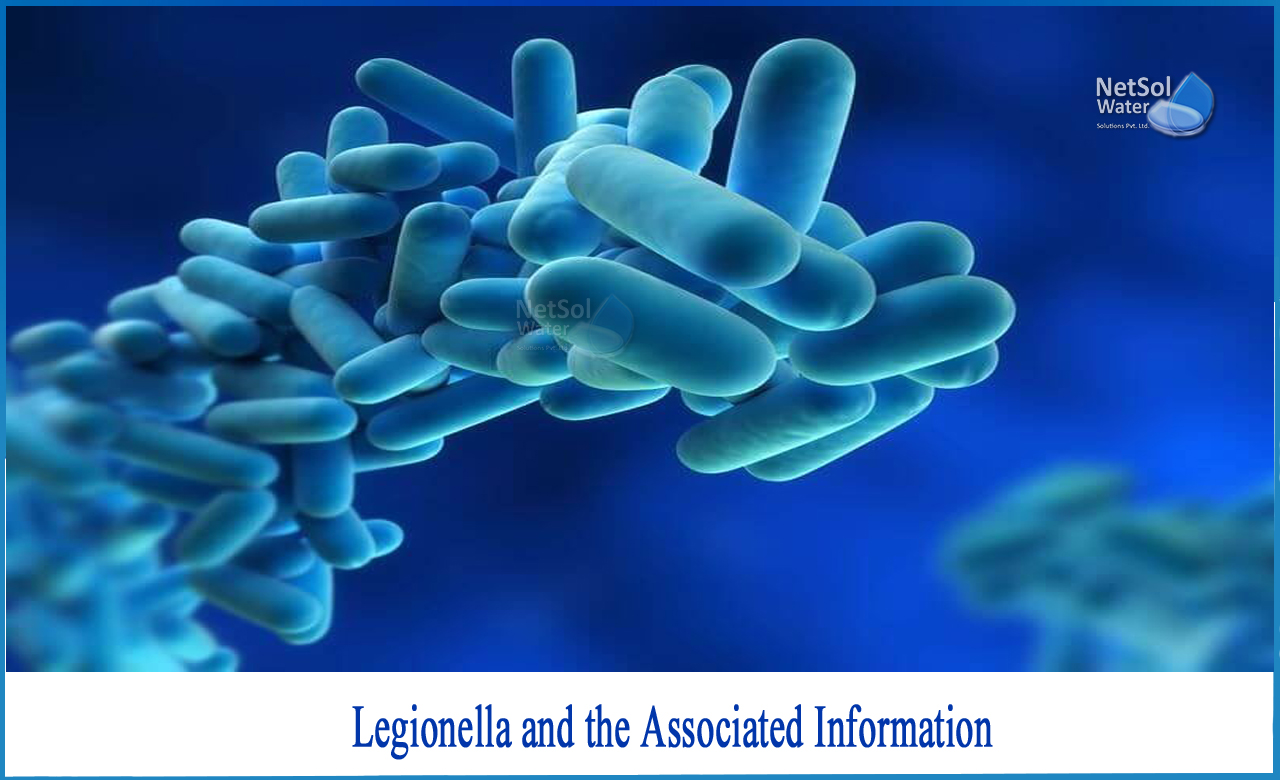Have you ever heard of Legionella?
Although legionella is a well-recognized problem in developed nations, it is still under-appreciated in developing countries. The 3rd edition of “Guidelines for Drinking water Quality” (WHO 2004) identified health concerns related to Legionella as an area of increasing public and professional interest.
Here are the few things that you need to know about this pathogenic bacteria that thrives in natural and artificial water environments worldwide-
What are the most common sources of Legionella?
Legionella – a gram negative bacteria was first identified in 1977 as the cause behind the severe outbreak of pneumonia in the USA in year 1976. Since then it has been associated with outbreaks related to ill-maintained water systems, mainly cooling towers, evaporative condensers associated with air conditioning, and hot and cold-water systems in private and public buildings.
Legionella bacteria and the related species are commonly found in natural and artificial water bodies and thrive at a temperature of 20-50 degrees Celsius. These can survive and grow within free-living protozoa as parasites and within biofilms that develop in water systems.
Legionnaires’ disease – Transmission and Symptoms
The identified incidence of Legionnaires’ disease varies widely.The causative agents are Legionella from water and potting mix. The bacteria grows in the mist aerosolized from various water sources, thus can infect the entire surroundings.
Transmission
Legionnaires’ disease believed to occur worldwide is transmitted most commonly by inhalation of contaminated aerosols. Sources of contaminated aerosols include air conditioning cooling towers, hot and cold water systems, humidifiers and whirlpool spas. However there is no direct human to human transmission. The disease can be transmitted also by aspiration of contaminated water particularly in susceptible patients admitted in hospitals and by exposure of babies during water births.
What are the symptoms associated?
Often Legionnaires’ disease is characterized by anorexia, malaise and lethargy. Patients may develop a mild cough, gastrointestinal symptoms are prominent, and 10 - 30% patients suffer from nausea, vomiting, abdominal pains and watery diarrhea. Fever associated with chills is a common symptom. Almost 50% of the patients suffer from nervous system related disorders such as confusion, hallucinations, disorientation and depression. If untreated, this disease usually worsens during the first week and can prove fatal. The complications that develop frequently are respiratory failure, acute renal and multi-organ failure.
What is the suggested Treatment?
Currently there is no available vaccine for Legionnaires’ disease, however it can be treated with antibiotics if the therapy is started sooner. Although it is not possible to eradicate the source of infection, its possible risks can be substantially reduced by implementing water safety plans by concerned water safety system authorities. These plans must be introduced and monitored specifically for a building or water system to minimize the growth of Legionella and disseminate the aerosols.
Prevention of Legionnaires’ disease include regular maintenance and disinfection of cooling towers, installation of drift eliminators to lower down dissemination of aerosols from cooling towers, reducing stagnation by flushing the unused water in distributing system. Extra precautions are required for water supplied to highly susceptible patients in hospitals.
What should be our response?
It is everybody’s business to make sure enough preventive measures are adopted for a safer water system. All the employees should be made aware of steps needed to keep this bacteria away from the water systems. A Water Management Plan is essential to identify and minimize the growth and spread of Legionella and other pathogens from building water systems.
Conclusion
Water management plan is a multi-step process which requires an expert’s continuous supervision. It can include wastewater treatment plants for cooling towers. These treatment plants consist of various treatment steps including primary, secondary and tertiary to remove such contaminants from water and wastewater so as to prevent such deadly diseases beforehand.
If you want to know about the available products which are best suited for your water and wastewater systems, you can contact our experts at Netsol Water.
We at Netsol water have expertise in wide range of water treatment technologies. We are dedicated to provide hands on service, expert counselling and training to our valuable customers and validate their water quality processes.
Netsol Water is Greater Noida-based leading water & wastewater treatment plant manufacturer. We are industry's most demanding company based on client review and work quality. We are known as best commercial RO plant manufacturers, industrial RO plant manufacturer, sewage treatment plant manufacturer, Water Softener Plant Manufacturers and effluent treatment plant manufacturers. Apart from this 24x7 customer support is our USP. Call on +91-9650608473, or write us at enquiry@netsolwater.com for any support, inquiry or product-purchase related query.



